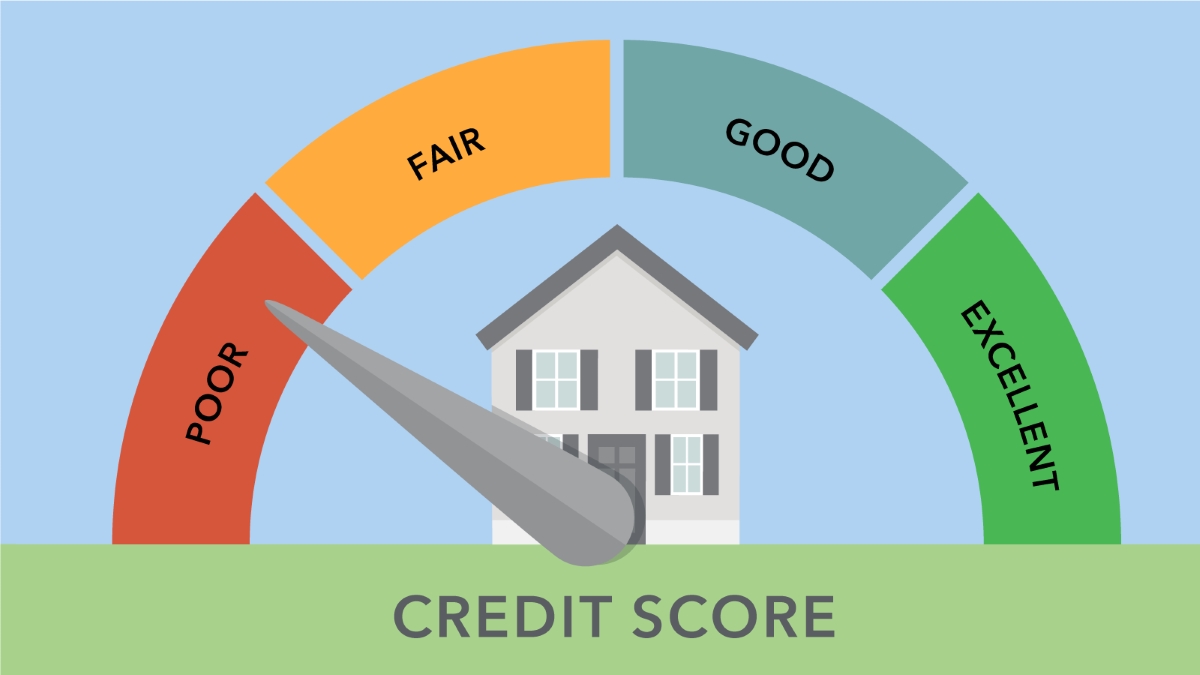Home>Finance>Loss Aversion: Definition, Risks In Trading, And How To Minimize


Finance
Loss Aversion: Definition, Risks In Trading, And How To Minimize
Published: December 20, 2023
Learn about loss aversion in finance, including its definition, risks in trading, and effective strategies to minimize losses. Master the art of risk management and optimize your trading success.
(Many of the links in this article redirect to a specific reviewed product. Your purchase of these products through affiliate links helps to generate commission for LiveWell, at no extra cost. Learn more)
Loss Aversion: Definition, Risks in Trading, and How to Minimize
When it comes to the world of finance, there are numerous factors that can influence our decision-making process. One such factor is loss aversion, a psychological phenomenon that plays a crucial role in our attitudes towards losses and gains. In this blog post, we will delve into the concept of loss aversion, explore its risks in trading, and provide you with valuable tips on how to minimize its impact.
Key Takeaways:
- Loss aversion is a cognitive bias where individuals prefer avoiding losses rather than acquiring equivalent gains.
- Risks associated with loss aversion in trading include missed opportunities, irrational decision-making, and inability to stick to a trading plan.
What is Loss Aversion?
Loss aversion refers to the tendency of individuals to strongly weigh potential losses more than equivalent gains. In other words, the pain of losing is psychologically more powerful than the pleasure of winning. This phenomenon stems from our instinctive desire to protect ourselves from harm and avoid regret. When it comes to making financial decisions, loss aversion can influence our risk tolerance and lead to biased decision-making.
When traders fall victim to loss aversion, they may hold onto losing positions for longer periods, hoping that the market will turn around in their favor. This behavior can have detrimental effects on their overall trading strategy. To avoid falling into this trap, it’s crucial to understand and address the risks associated with loss aversion.
Risks of Loss Aversion in Trading
- Missed Opportunities: Loss aversion can cause traders to become overly cautious and avoid taking necessary risks. As a result, they may miss out on potentially profitable trades or fail to capitalize on market opportunities.
- Irrational Decision-Making: Loss aversion can cloud our judgment and lead to irrational decision-making. Traders may hold onto losing positions, hoping for a reversal, even when the evidence suggests it is unlikely. This behavior can lead to increased losses and hinder financial growth.
- Inability to Stick to a Trading Plan: Loss aversion can make it difficult for traders to stick to their predetermined trading plans. The fear of losing can cause them to deviate from their strategy, resulting in impulsive and ill-advised trades.
How to Minimize the Impact of Loss Aversion:
- Educate Yourself: Enhance your understanding of loss aversion and its impact on trading decisions. Recognize that losses are a natural part of trading and focus on the long-term profitability of your overall strategy.
- Set Realistic Expectations: Accept that losses are inevitable and aim for a balance between risks and rewards. Develop a realistic trading plan that takes into account potential losses and stick to it diligently.
- Use Stop-Loss Orders: Implementing stop-loss orders can act as a safety net when trades go against you. This helps to minimize losses and reduce emotional decision-making.
- Track and Analyze: Maintain a detailed record of your trades, including both losses and gains. Regularly analyze your trading performance to identify patterns and areas for improvement.
- Seek Professional Advice: Consider working with a financial advisor or an experienced trader who can provide guidance and support in managing loss aversion.
By understanding loss aversion and its potential pitfalls, traders can take proactive steps to minimize its impact and make more rational and informed decisions. Remember, success in trading is not about avoiding losses altogether but rather managing them effectively to achieve long-term profitability and financial growth.














